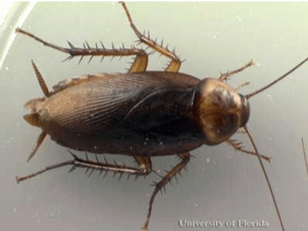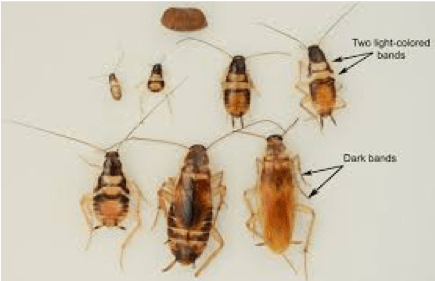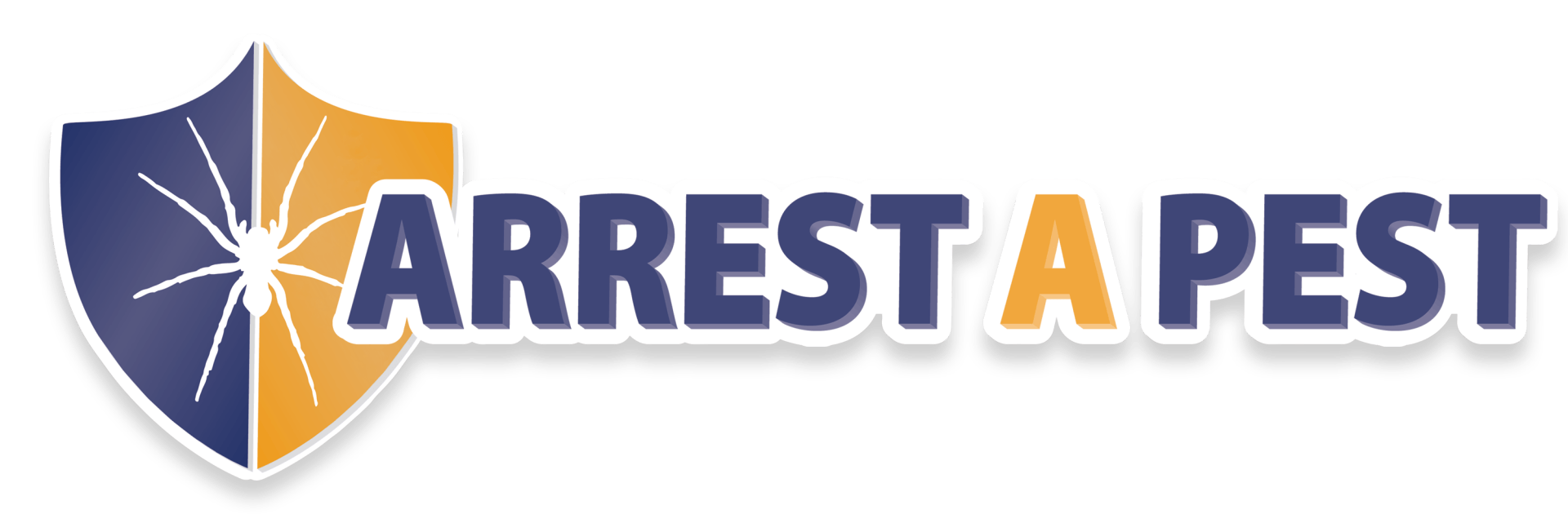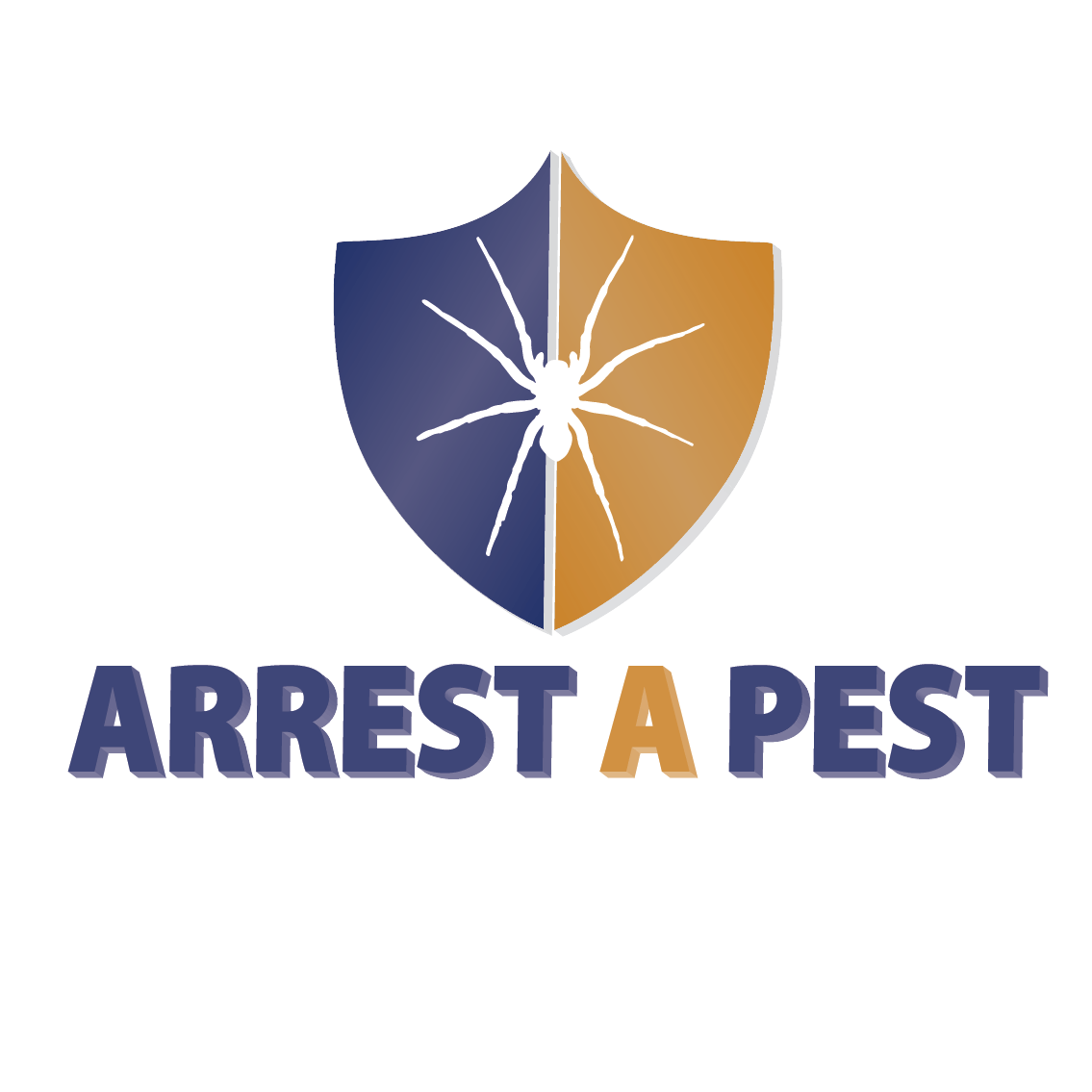Roaches
Roaches
The Quick Information On Roaches
Having a roach problem? Check below to find out facts on types of roaches to help you get started on containing the issue.
The Quick Information On Roaches
Having a roach problem? Check below to find out facts on types of roaches to help you get started on containing the issue.

American CockroachLatin Name: Periplaneta americana
Alias:none
Threat Level: High- American Cockroaches congregate in dirty places like trash dumps and sewers, and can carry diseases and bacteria.
Descriptions:
- The American Cockroach is a red-brown color, and is about 1 to 1 ½ inches long. It has a yellow or light brown band across the pronotum.(plate like piece on back of the Roach). The American roach has large wings about the size of their body. It prefers sweets, but eats anything from organic waste to cloth to other insects.
Locations:
- Outside, American Cockroaches like to hide in moist, shady areas, such as old wood, manhole covers, sewers, and trash dumps. Inside, these roaches like to hide around baths, water pipes, sinks, and other moist areas.
Control Methods:
- Reduce areas that American Cockroaches like to hide in, such as rotting leaf piles, mulch, and woodpiles. Limiting the number of moist areas around the house and calking cracks and seams can help prevent them from coming in. Insecticides can help control American cockroaches, and baits have been found to be very effective.
Other Info:
- American Cockroaches have a natural predator, Aprostocetus hagenowii ( also called Ratzburg), are a form of parasitic wasps that lay their eggs in the larvae of the American Cockroach.

Brown-Banded CockroachLatin Name: Supella longipalpa
Alias: ‘the furniture cockroach’
Threat Level: High
Descriptions:
- Male Brownbanded Cockroaches are about ½ inch long, with a light tan body and darker bands across the wings. The female Brown Banded Cockroach is a little bit smaller and has a darker body, with smaller wings.
Locations:
- The brown-banded cockroach likes warm, dry places. They prefer a higher location than many other cockroaches.
Control Methods:
- As with many cockroaches, baiting is an effective way to manage Brown-Banded Cockroaches. Insecticide dust has also been found as a successful way to treat for cockroaches. A main way to help control population, however, is by keeping a clean house. Clear any clutter that cockroaches could hide or live in. Store dry goods in airtight containers, clean messes quickly, and vacuum often to get rid of any crumbs or food residue.
Other Info:
- Brown banded cockroaches have been known to eat non-food materials, like wallpaper, nylons, stamps, and even some color dyes.
German CockroachesLatin Name: Blattella Germanica
Alias: none
Threat Level: High--can carry germs and diseases
Descriptions:
- German Cockroaches are one of the smaller house roaches. They are about ⅝ of an inch long, oval shaped, and have a color range from tan to light brown, with two dark stripes running from it’s head down to it’s back. They also have wings. German Cockroaches will eat almost anything, from people food to soap or glue. The German roach's main food source is often garbage.
Locations:
- The German Cockroach prefers Kitchens and bathrooms, around moist, damp areas. They also like a fairly warm climate. They are mostly active at night, when they look for food, and during the day hide in small cracks and crevices. They might be seen during the day if there are large numbers of them or if pesticides have stirred them up.
Control Methods:
- There are some different ways to treat a german cockroach infestation. A very good way to prevent German cockroaches into maintain a clean house. Don’t leave food out, take out the trash every day, store food in airtight containers, and limit hiding places by keeping rooms free of clutter. Caulking interior and exterior cracks can help stop german roaches coming in. Baiting can help to exterminate German Cockroaches when applied to areas they visit. Insecticide dust applied in areas german Roaches hide is also effective when controlling this roach.
Other Info:
- Female German Roaches carry their eggs in a small pouch until they are close to being ready to hatch.
- The German Cockroach is the most common roach pest species in most of the world.
Click on the links below to visit some of our industry partners
PHONE
316.945.8400
© ARREST A PEST. License Number 7113
This Website Is Powered By Silvergear© ARREST A PEST. License Number 7113


